Open Air Museum of Zelve: A Ghost Town Carved into the Rocks
The Open Air Museum of Zelve is one of Cappadocia’s most fascinating and less crowded attractions. Known for its unique rock formations and rich cultural history, this site was once a vibrant cave-city inhabited by both Christians and Muslims. Located approximately 10 kilometers between Göreme and Avanos, Zelve stands today as a silent testament to a community that adapted to life in the rocks but eventually abandoned it for safety and modern evolution.
History of Zelve
Zelve was once one of Cappadocia’s most significant communities. For centuries, this cave-city served as a meeting point for Christians and Muslims who coexisted in its intricately carved rock dwellings. However, after the population exchange between Greece and Turkey in 1923, Christians left Zelve. The Muslims stayed for a while longer, but due to the constant erosion and the risk of collapse, they also relocated to what is now known as Yeni Zelve (“New Zelve”).
Today, the site has been transformed into the Zelve Open-Air Museum, blending history, religion, and unique architecture. Visitors can explore the remnants of this ghost town and glimpse into its intriguing past.
Structure and Main Attractions
The Zelve Open-Air Museum is made up of three canyons that intersect at its entrance. Each canyon houses fascinating relics from the past, including churches, mosques, tunnels, dovecotes, and rock-carved dwellings. While many structures have been affected by time, the museum offers an unforgettable experience for those seeking to understand life in ancient Cappadocia.
First Canyon
The first canyon, located to the right of the entrance, is accessible via a path leading to the Geyikli Kilise (Church of the Deer). This church features rudimentary paintings depicting crosses, fish, and deer—symbols associated with both Christianity and the daily life of the time.
At the far end of the canyon, two rock faces form a honeycomb of caves, including dwellings, dovecotes, monasteries, and storage rooms. These spaces provide a unique insight into how the inhabitants of Zelve utilized every corner of the rock for various purposes. While tempting, visitors are advised not to enter the tunnels due to the risk of collapse.
Second Canyon
The second canyon houses several religious structures, including the Uzumlu Kilise (Church of the Grapes), named after the grapevine paintings on its walls. These images reference Dionysian rites, which were later incorporated into Christian traditions.
Adjacent to the Uzumlu Kilise is the Balikli Kilise (Church of the Fish). The fish frescoes, common in Cappadocia, symbolize the faithful who converted to Christianity through baptism. This iconography reflects the deep connection between faith and daily life for the region’s ancient inhabitants.
Third Canyon
The third canyon is the widest and features a mix of religious and civil structures. Here, visitors will find a mosque that was converted from an old church, symbolizing Zelve’s religious and cultural transitions. Additionally, there are numerous dovecotes, which played a vital role in agriculture as residents collected pigeon guano to fertilize their fields.
Tips for Visiting
Visiting the Zelve Open-Air Museum is an experience that requires comfortable footwear and a willingness to walk on uneven terrain. While many structures are well-preserved, others pose risks of collapse, making it important to follow signage and avoid entering restricted areas.
The museum is perfect for those seeking a quieter and less crowded experience compared to other Cappadocian sites like Göreme. The serene environment and majestic rock formations allow visitors to connect intimately with the history of the region.
Conclusion
The Zelve Open-Air Museum is much more than a collection of ruins; it is a living testament to human resilience, faith, and adaptation to a unique natural environment. Each canyon, church, and tunnel tells a story that links visitors to a distant but profoundly human past. If you are in Cappadocia, don’t miss the chance to explore this hidden gem where history and nature converge in a remarkable way.
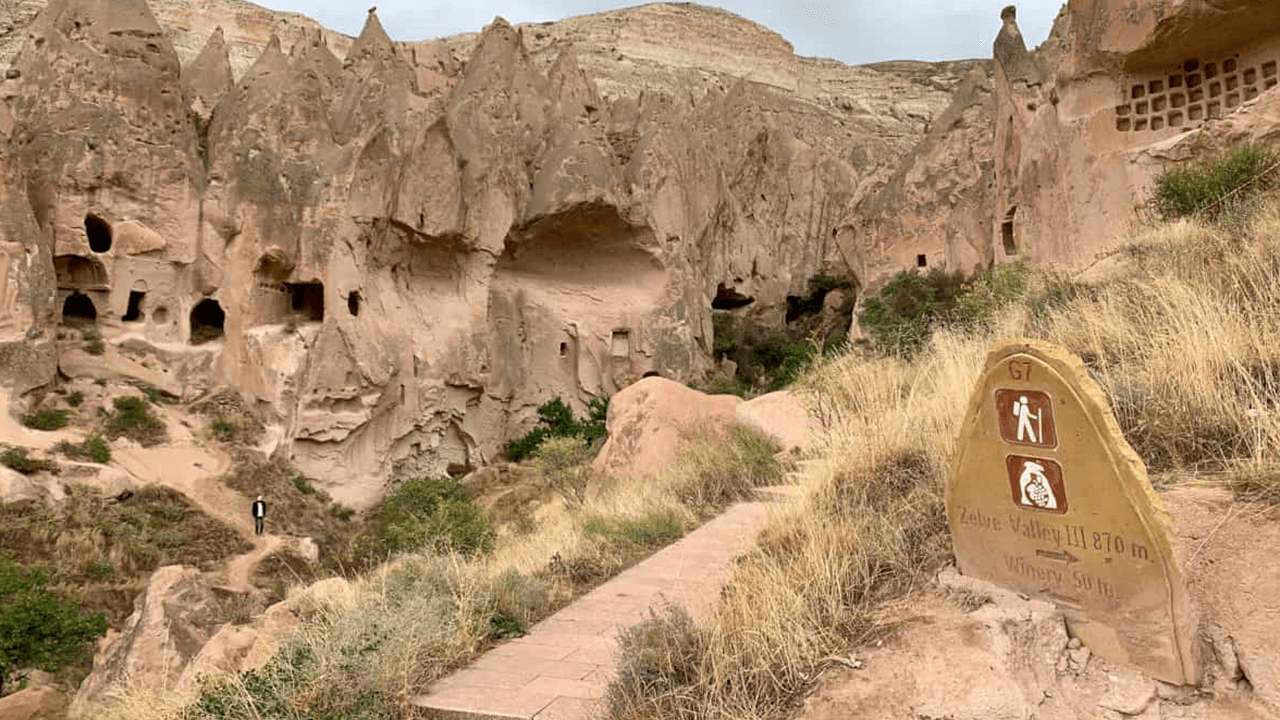
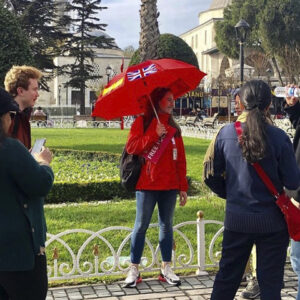
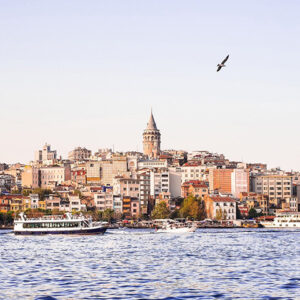
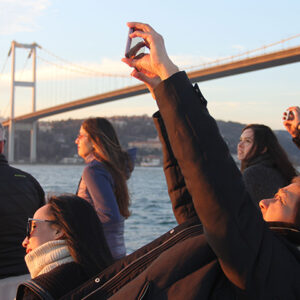
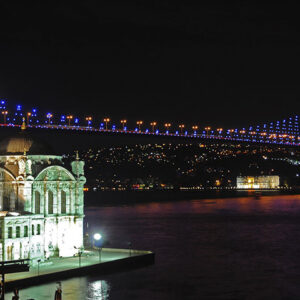
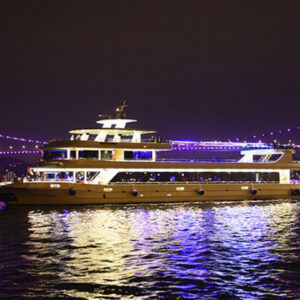
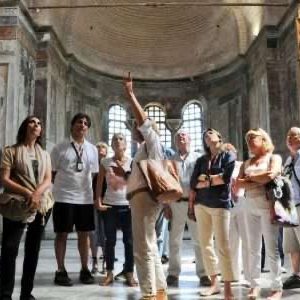
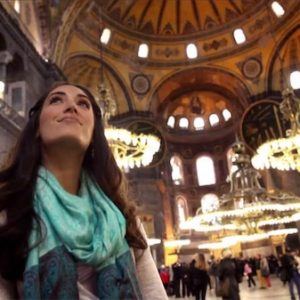
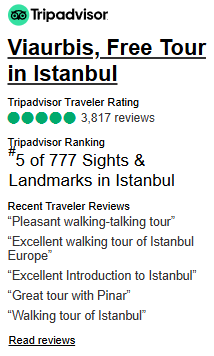
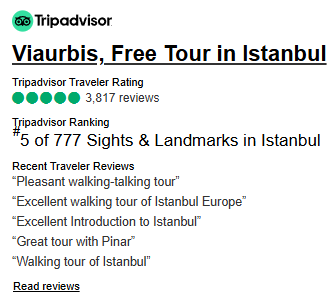
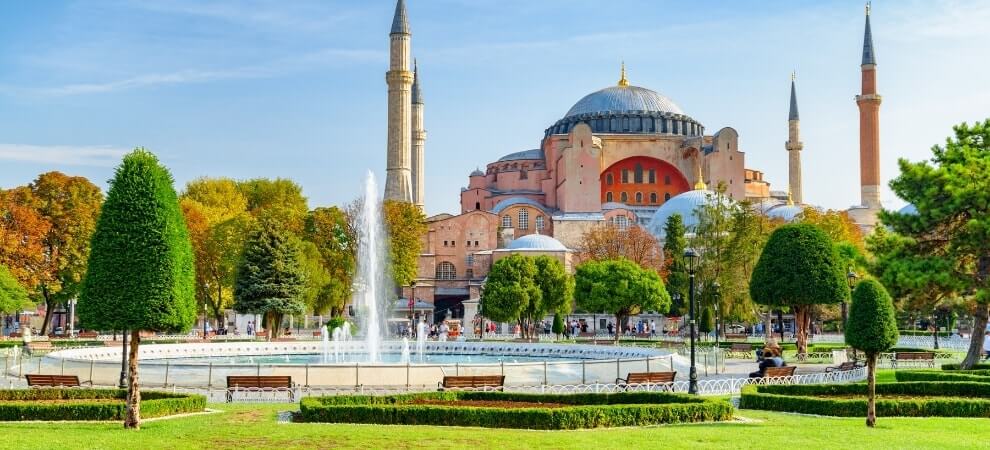
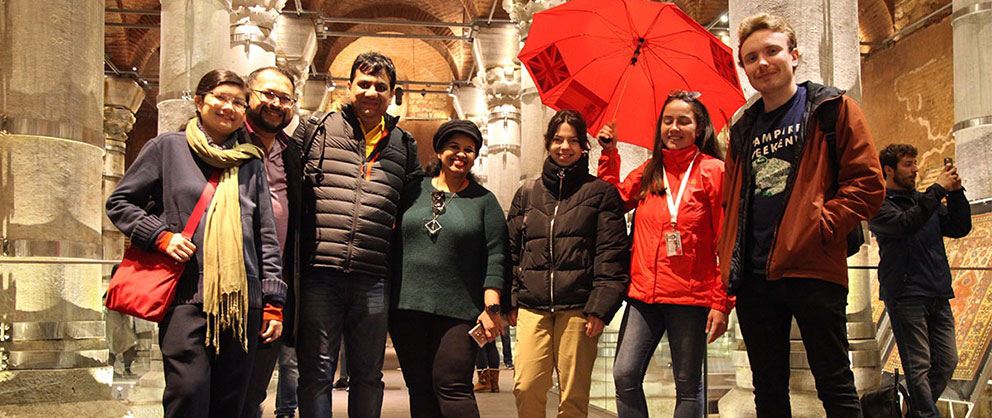
3 thoughts on “Open Air Museum of Zelve”
★★★★★
Looking for an authentic and enriching experience? ‘Open Air Museum of Zelve’ is the place to be! Absolutely worth the visit.
★★★★★
Visiting ‘Open Air Museum of Zelve’ was an extraordinary experience, offering insights and enjoyment like no other. Highly recommended!
★★★★★
The charm of ‘Open Air Museum of Zelve’ captivated me entirely. It’s a destination that leaves no one indifferent.